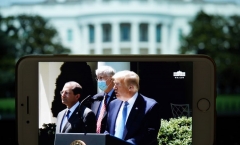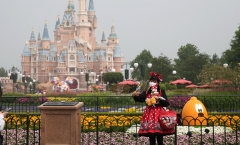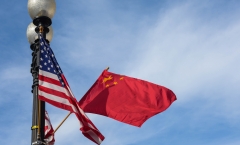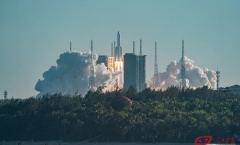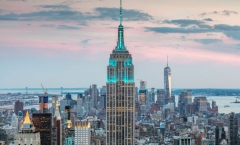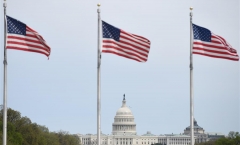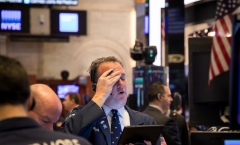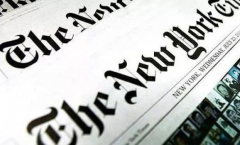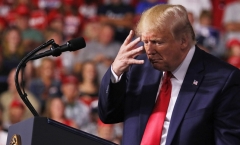Trump’s Threat to Pull WHO Funding Will Isolate US
Should President Trump follow through on his threat to pull funding from the WHO in the midst of a global pandemic, the international reputation of the United States will suffer significantly indeed. For many, it will serve only to reinforce the idea that America is no longer the global leader it used to be.
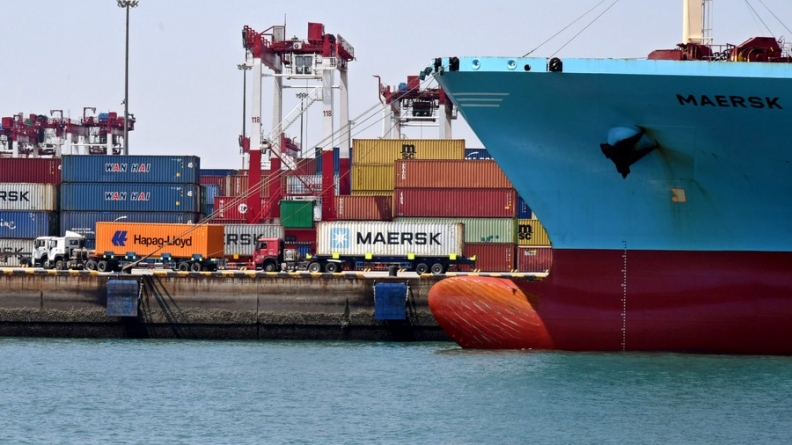
 Facebook
Facebook
 Twitter
Twitter
 Linkedin
Linkedin
 Google +
Google +
